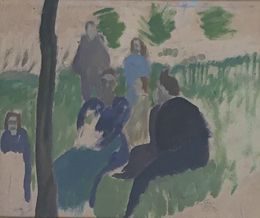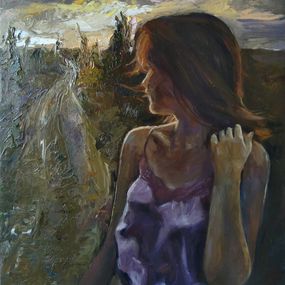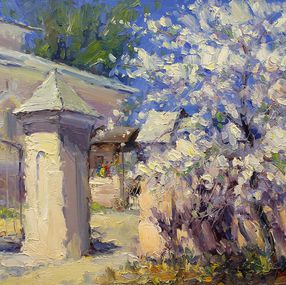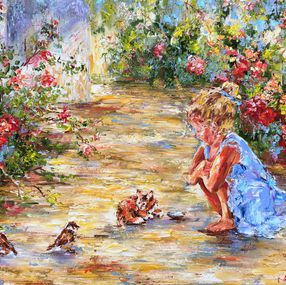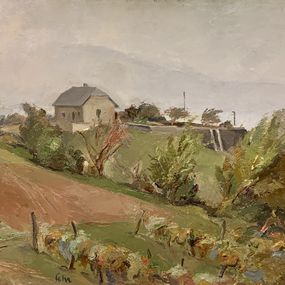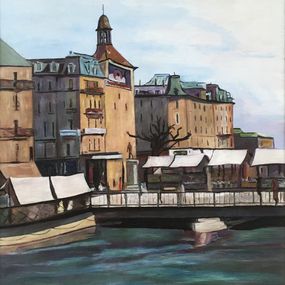
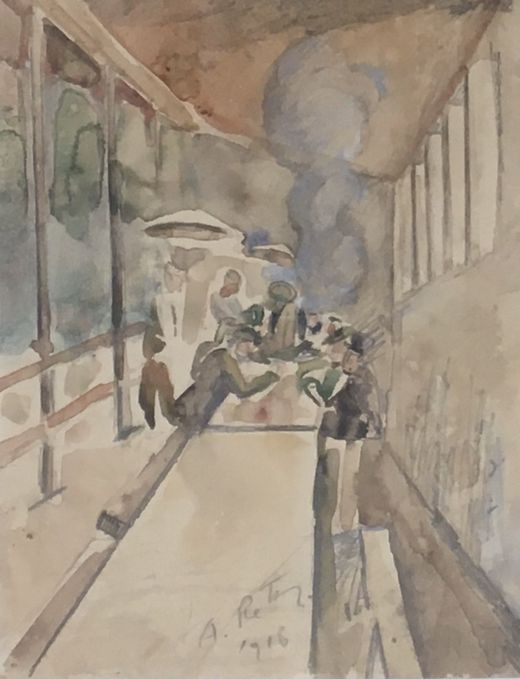
Biography
Alfréd Réth born Alfréd Roth on 29.02.1884 in Budapest and died in 1966 in Paris was a Hungarian painter, naturalized French, considered one of the main figures of the Avant-garde and the School of Paris.
Alfréd Réth was the eighth child of a modest Hungarian family. When he finished school, he became a bank clerk, as his father wanted him to do. As a child, Alfréd met István Farkas and László Mednyánszky. He befriended the former and learned to paint from the latter. This was the beginning of his interest in Buddhism and oriental art. In 1903, he joined the Nagybánya painters' colony and began to work under the direction of Károlyn Ferenczy.
In 1905 he went to Paris with József Ergry. In France, he worked in the studio of J. E. Blanche in Montmartre. He met the orientalist Jean Buchot through Mednyánszky and developed an interest in Hindu and Khmer art, which he discovered at the Musée Guimet. He discovered Cézanne at Ambroise Vollard's and then at the Salon d'Automne in 1907; he did not join the Fauve group but was part of the Cubist movement from 1911. He exhibited 3 paintings at the Salon des Indépendants, hung between those of Matisse and Rouault, and did so again in 1911: his paintings rubbed shoulders with those of Braque, to whom he would later become close, Léger, Lhote, Metzinger, and Segonzac.
He is one of the many painters known as the School of Paris. In 1913, he was invited to participate in an exhibition dedicated to Cubism in Berlin by the Sturm Gallery, where he represented contemporary French art with 80 paintings and drawings. Also in 1913, his works were presented in Budapest at a cubist exhibition.
In 1914, with the outbreak of World War I, he was interned as a citizen of an enemy country of France.
The end of the war marked the beginning of the Roaring Twenties, the return of foreign collectors and their important purchases of modern works, an intense, creative and social life in a Paris that wanted to compete with Berlin. He was one of the first to embark on the path of abstraction, in the 1920s his paintings are games of lines and planes, curves and strangely figurative.
Member of the group Abstraction - creation : Art non figuratif in 1931 with Arp, Georges Valmier, Herbin, Kupka, etc. whose goal is to spread abstract art and organize exhibitions, which will be active until 1936. In 1946, after the Second World War, the Salon des Réalités Nouvelles was formed, with which he exhibited.
At the end of his life, Réth would always be in the abstract movement, but he would also return to figuration and to the collages he had begun in 1906, with paper and adding collage of printed colored fabrics. The materials that captivated him then, are a major axis in his work until 1960. The year of his death in 1966, a retrospective exhibition was held in Chicago.
Nationality
Categories
Artistic movements
Themes





